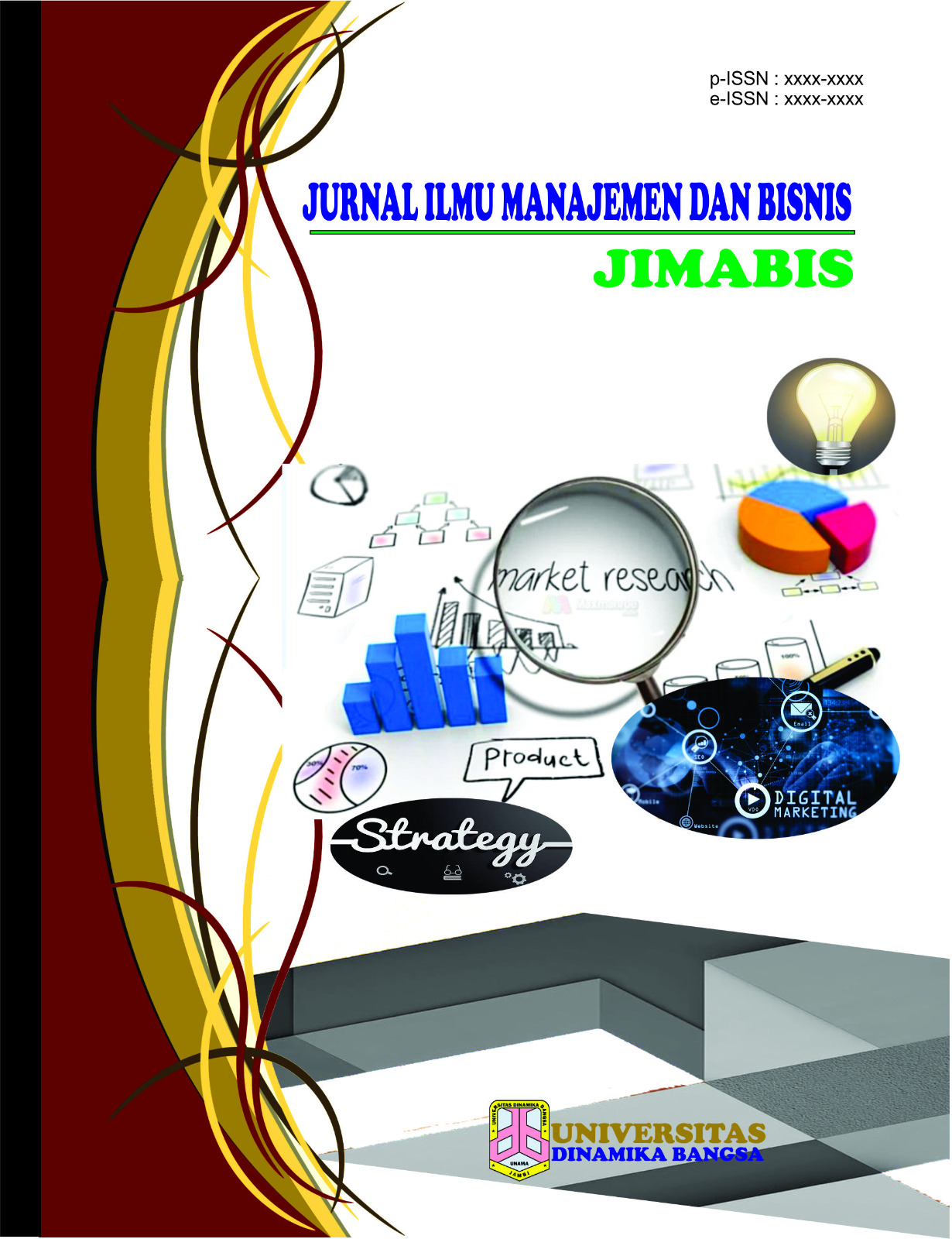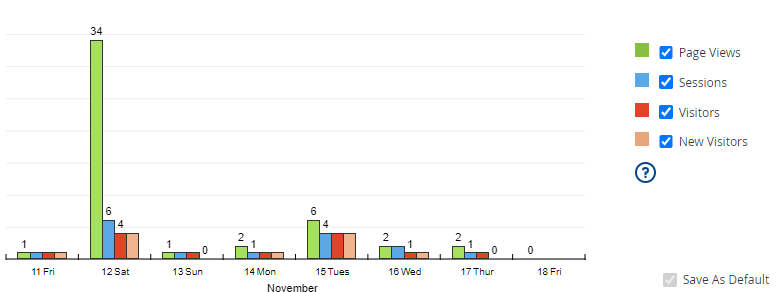158 / 5.000 APPLICATION OF K-MEANS CLUSTERING METHOD TO DETERMINE PRIORITY OF RECIPIENTS OF RICE PROGRAM ASSISTANCE FOR THE POOR (RASKIN) CASE STUDY: SIULAK DISTRICT
Keywords:
Poverty; Social Assistance; RASKIN; K-Means CLUSTERING; Data mining; SPSSAbstract
Poverty in Indonesia is a complex and ongoing issue. The government attempts to address this through social assistance programs such as Cash Social Assistance (BST), Direct Cash Assistance (BLT), RASKIN, and the Family Hope Program (PKH). Kerinci Regency in Jambi Province, with a population of 255,736 people, still has many communities in need of assistance, especially in Siulak Subdistrict. According to a 2021 BPS report, the distribution of RASKIN assistance often does not meet needs due to uneven distribution and lack of data validation. This study uses the K-Means CLUSTERING method to determine RASKIN recipients more accurately. The research data consists of 349 residents of Siulak Panjang Village after cleaning data from the original 355 records. The criteria for receiving assistance include household size, floor area of less than 10 square meters, low education levels, unstable economic conditions, and poor health. Eight attributes were used in this analysis. Results show differences in the number of aid recipients in each Cluster between manual calculations and SPSS, due to SPSS data standardization. Manual calculations indicate Cluster 1 with 74 data (third priority), Cluster 2 with 37 data (first priority), Cluster 3 with 73 data (second priority), Cluster 4 with 42 data (fifth priority), and Cluster 5 with 123 data (fourth priority). In contrast, SPSS results show Cluster 1 with 32 data (first priority), Cluster 2 with 68 data (fifth priority), Cluster 3 with 124 data (second priority), Cluster 4 with 73 data (fourth priority), and Cluster 5 with 52 data (third priority). Based on this comparison, SPSS is more recommended as it provides more accurate and consistent results through data standardization, is efficient in data processing, and produces Cluster s that better match the actual conditions.
Downloads
References
N. KARIM, “KEBIJAKAN BERORIENTASI KESEJAHTERAAN (KASUS DI PROVINSI JAMBI),” vol. 5, no. 2,
pp. 82–92, 2016.
Program-program Kemensos Antisipasi Kemiskinan Akibat Pandemi, “No Title,” Kementerian Sosial RI, 2020.
https://kemensos.go.id/program-program-kemensos-antisipasi-kemiskinan-akibat-pandemi
penerima B. K. B. O. Mampu, “No Title,” BPK RI, 2021. https://jambi.bpk.go.id/penerima-bansos-kerinci-banyak-
orang-mampu/
H. Hasanah, P. Riswanto, and ..., “Penerapan Data mining Menggunakan K-Means Untuk Penentuan Penerima
Bantuan Langsung Tunai (BLT) Dana Desa Pada Desa Cempaka Timur,” JTKSI (Jurnal Teknol. …, pp. 236–241,
, [Online]. Available: https://jurnal.ftikomibn.ac.id/index.php/jtksi/article/view/1508
N. Nurahman and J. Susanto, “Klasterisasi Data Penerima Bantuan Langsung Tunai Menggunakan Algoritma K-
Means,” JURIKOM (Jurnal Ris. Komputer), vol. 10, no. 2, p. 461, 2023, doi: 10.30865/jurikom.v10i2.5807.
M. Arhami, M. Kom, and S. T. Muhammad Nasir, Data mining-Algoritma dan Implementasi. Penerbit Andi, 2020.
and L. W. S. Amna, Wahyuddin S, I. Gede Iwan Sudipa, Tri Andi E. Putra, Ahmad Jurnaidi Wahidin, Wara Alfa
Syukrilla, Anindya Khrisna Wardhani, Nono Heryana, Tutuk Indriyani, Data mining Data mining. Vol. 2. 2023.
M. K. Hidayat and R. Fitriana, “Implementasi K-Means dan K-Medoids dalam pengelompokan wilayah potensial
produksi daging ayam,” J. Teknol. Ind. Pertan., vol. 32, no. 3, pp. 239–247, 2022.
B. Susarianto and T. Nizami, “Penentuan Penerima Bantuan Sosial Beras untuk Masyarakat Miskin Menggunakan
Metode K-Means,” Jutisi J. Ilm. Tek. Inform. dan Sist. Inf., vol. 12, no. 2, pp. 772–783, 2023.
P. W. Rahayu et al., Buku Ajar Data mining. PT. Sonpedia Publishing Indonesia, 2024.
D. Nofriansyah, S. Kom, and M. Kom, Konsep Data mining vs sistem pendukung keputusan. Deepublish, 2015.
I. Werdiningsih, M. Kom, B. Nuqoba, M. Kom, and S. S. Muhammadun, Data mining Menggunakan Android, Weka,
dan SPSS. Airlangga University Press, 2020.
D. Jollyta, W. Ramdhan, and M. Zarlis, Konsep Data mining dan penerapan. Deepublish, 2020.
I. G. I. Sudipa et al., Metode Penelitian Bidang Ilmu Informatika (Teori & Referensi Berbasis Studi Kasus). PT.
Sonpedia Publishing Indonesia, 2023.
P. T. I. U. P. Y. Nurirwan Saputra, “Pengenalan Data mining,” 2023.
D. T. Larose and C. D. Larose, Discovering knowledge in data: an introduction to Data mining, vol. 4. John Wiley &
Sons, 2014.
C. Gunawan, Mahir menguasai SPSS panduan praktis mengolah data penelitian new edition buku untuk orang yang
(merasa) tidak bisa dan tidak suka statistika. Deepublish, 2020.
S. Santoso, Panduan Lengkap SPSS 26. Elex Media Komputindo, 2020.
















